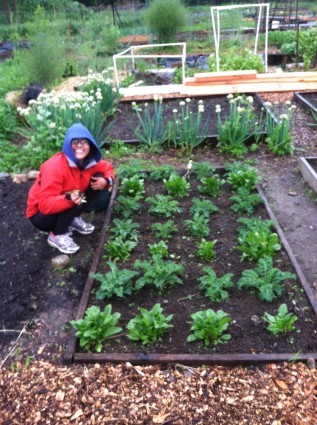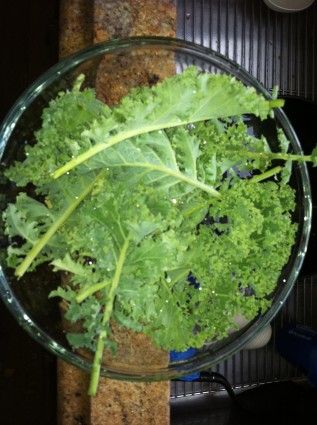The World’s Most Perfect Sunsets
There’s nothing quite like sitting back and watching a glorious sunset with your partner when you’re on holiday – it’s certainly one of the most romantic ways to spend an evening, especially if you can combine the experience with good food and drink.
If you’re looking for somewhere to watch a marvelous sunset, check out our suggestions of the top places in the world to see the sun sink beneath the horizon.
Negril, Jamaica
First on our list is Negril in Jamaica, where you can watch some truly spectacular sunsets, not to mention enjoy amazing views before the evening draws in. One of the main reasons why the sunsets here are so good is that Negril is located at Jamaica’s most westerly point, giving you an excellent view of the sun as it seems to disappear into the sea.
The best place to watch this spectacle from while you’re on a holiday in Negril is the top of the cliffs in the town’s West End area, where a large limestone plateau that leads all the way to the coast is located. Sit back with a stunning view of the sea and just enjoy the changing colors of the sky as day turns to night.
Flic and Flac, Mauritius
Flic en Flac beach in Mauritius is a wonderful place to watch the sunset, with this west-facing bay providing uninterrupted views of the horizon. Flic en Flac is a beautiful place to spend a day, with its white sands stretching all the way down into the blue waters of its sheltered lagoon.
As the sun begins to set, it tints the sky all manner of glorious colors, from bright yellow and vibrant orange through to deep red and dusky pink. Curl up on the sand and watch the show in comfort.
Bahri Bar, Dubai
This is a sunset with a difference, in that instead of looking out over the sea, you’re watching it sink behind some of the world’s most impressive buildings! Dubai is a wonderful city to discover and if you’re after a classy setting to watch the sun go down in, you won’t do better than the Bahri Bar in Mina A’Salam at the Madinat Jumeirah.
Here, you’ll have amazing views of the Arabian Gulf and the impressive Burj Al Arab and can watch as the changing colors of the sky are reflected in the water and even off the buildings as the sun sets. It will be all the more magical if you’re sipping on your favorite cocktail at the same time.
Kruger National Park, South Africa
Our final choice for an amazing sunset experience is Kruger National Park in South Africa. This is a wonderful option if you’re keen to capture an iconic photo of some of Africa’s wildlife silhouetted against a yellow-orange backdrop, or an atmospheric shot of the bright yellow sun just above the horizon in a crimson-pink sky.
The best way to take advantage of this stunning natural sight is to go on a sunset game drive, which will see you leave while it’s light and return to your camp after dark. What this means is that you’ll be out on the plains when the sun actually goes down, allowing you to take some outstanding pictures. Another advantage is that you’ll see the transition between the animals that inhabit the plains during the day and those that only come out once darkness falls.










